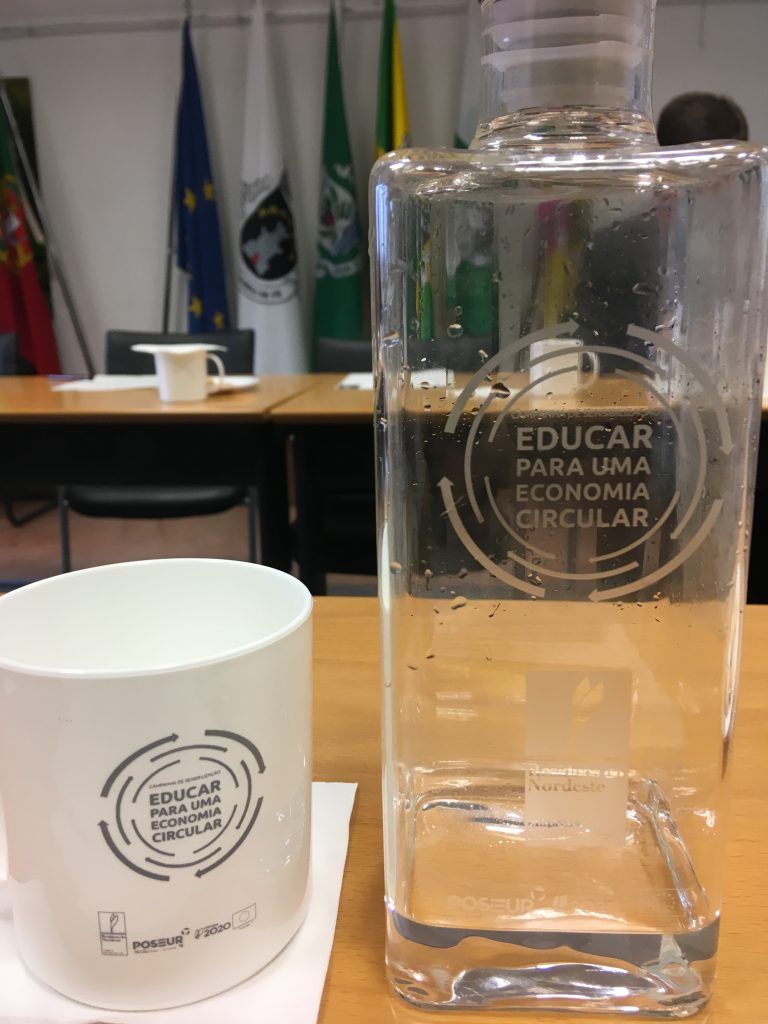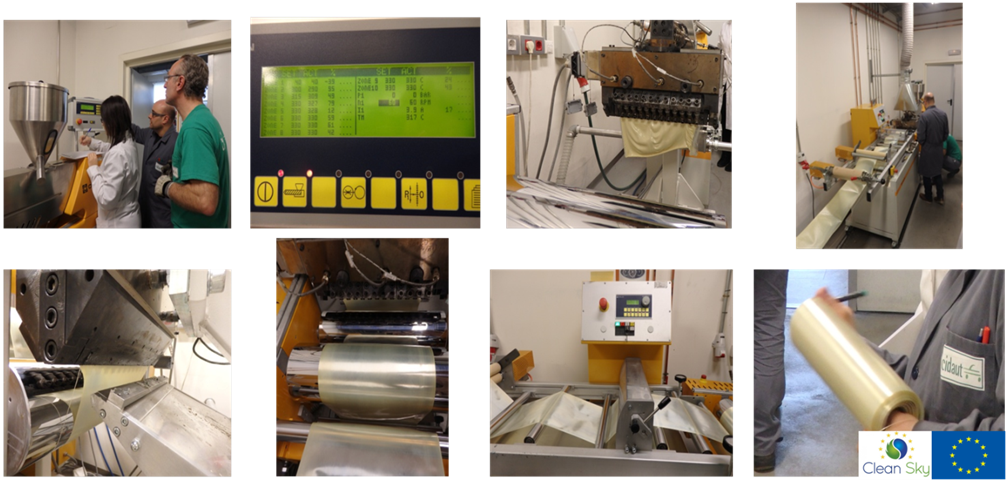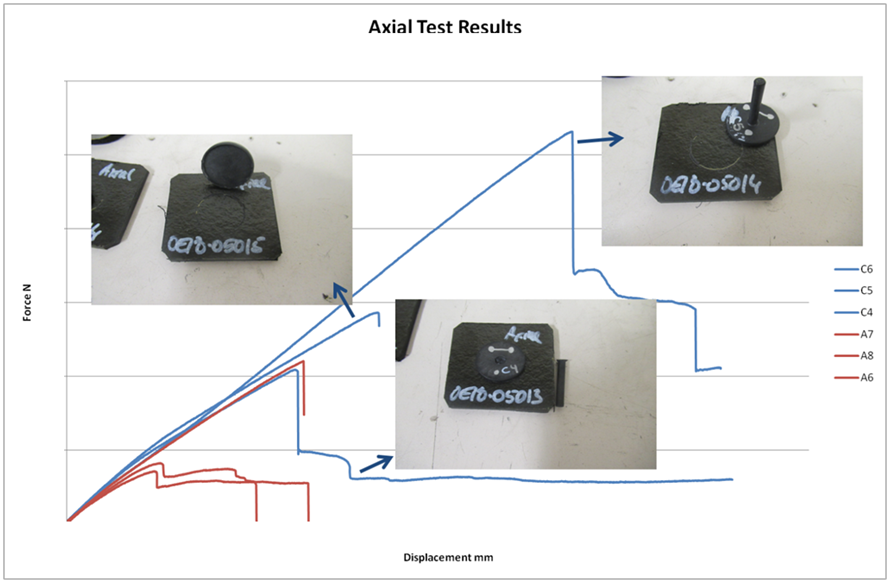Brackets are small elements used as local links between aircraft structure, systems and cabin. Nowadays, most of the components of the structure are made of polymer composites, the majority of them being formed of carbon fibres reinforced thermosetting matrices. The state-of-the-art techniques for joining brackets or other small functional elements to these composite structural components are based on mechanical fastening and adhesive bonding. These joining processes are time consuming, and add significant labour and tooling costs to the assembly process, even for the attachment of such small components. Moreover, the adhesion strength achieved is often limited requiring dedicated surface treatments to be applied. An additional handicap for a strong adhesive bonding happens when the composite component is painted.
The Bracketweld project aims at contributing to the green and cost-efficient integration of systems and aircraft structures by the development of an innovative technology for the rapid assembly of thermoplastic brackets to thermosetting composite components currently used in aircraft structures. This has been done using the fast and efficient ultrasonic welding technology to assemble thermoplastic brackets to thermosetting composite structural components. As thermosetting materials cannot be welded, a thermoplastic surface media will be strongly attached to the thermosetting composite structure by a co-curing process, being this surface media used as an anchor interface for the latterly welding of the thermoplastic brackets by any fusion bonding technique, and especially by the ultrasonic welding.
The first two years of the Bracketweld project have been focused on the development of an innovative Test Method for the evaluation of different materials compatibility. The proposed welded joint combines a thermoset material with a film and a thermoplastic bracket, while the latter do not necessarily need to be the same material (because of cost or processability issues). This methodology is then the basis of the film quick down material selection ensuring a good level of adhesion with this welding method. This methodology was developed in pararell with the investigation, manufacturing and evaluation of the most appropriate surface media for the specific case under study in this project, including the formulation and development of custom surface medias at CIDAUT. Different material combinations were assessed with the Test Method.
The final year of this project has been devoted to the validation of the developed concepts. Having defined a robust and reliable test method, and chosen a film for the project use case, the validation of the methodology has been upscaled to a single curvature panel, from a machine assisted welding to a manual welding operation, and from room temperature and axial testing conditions to shear and hot/wet environments.


